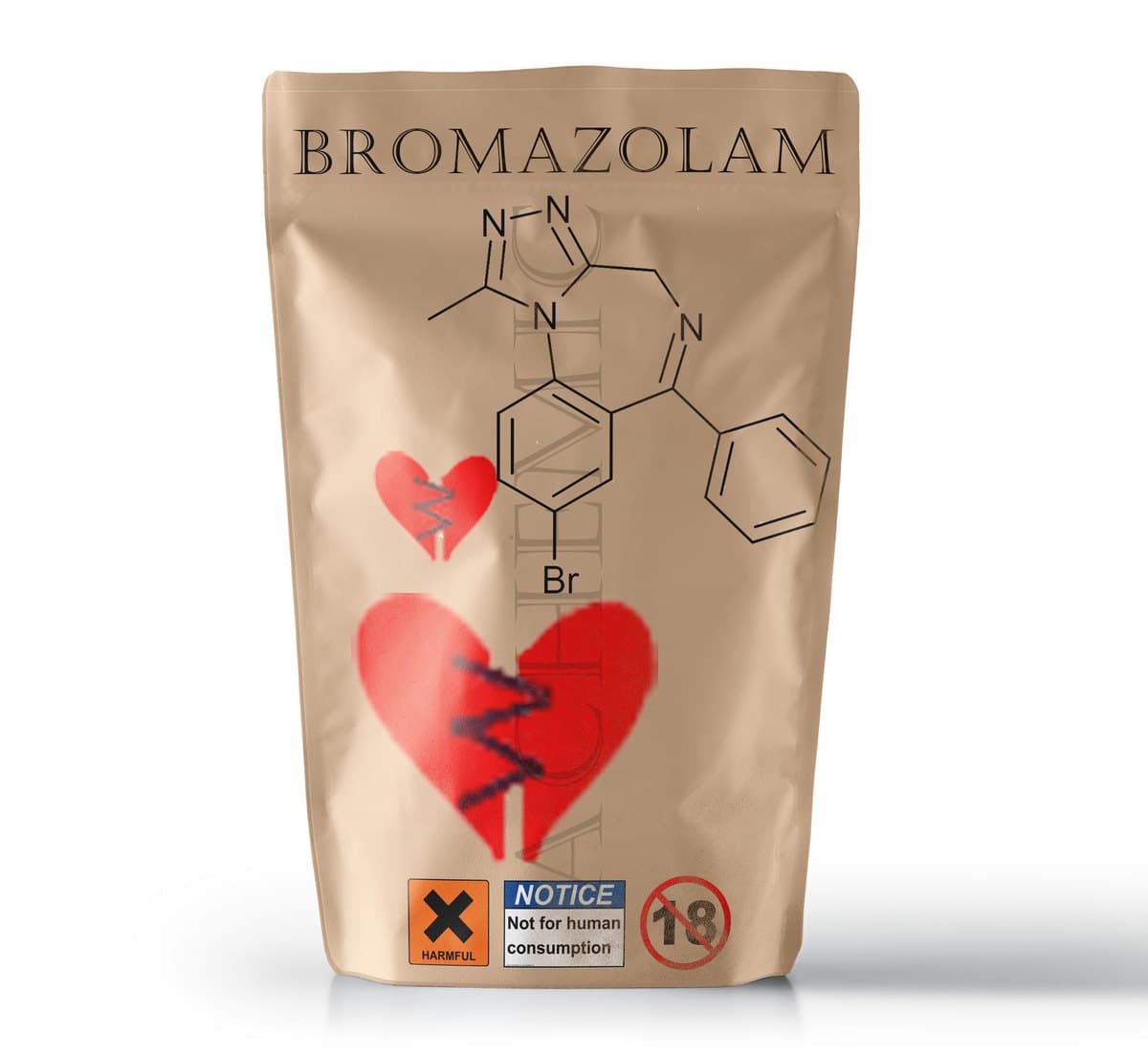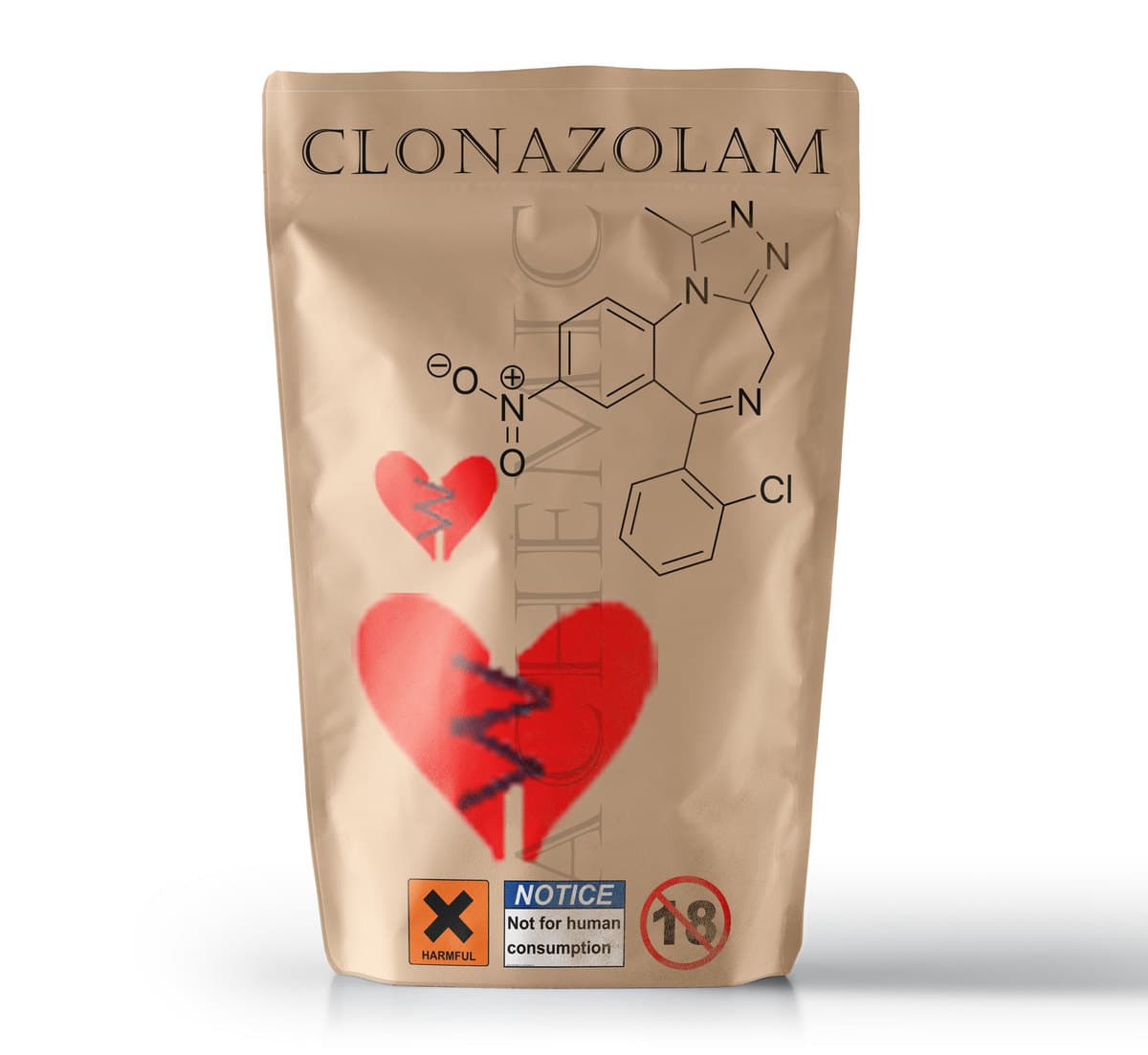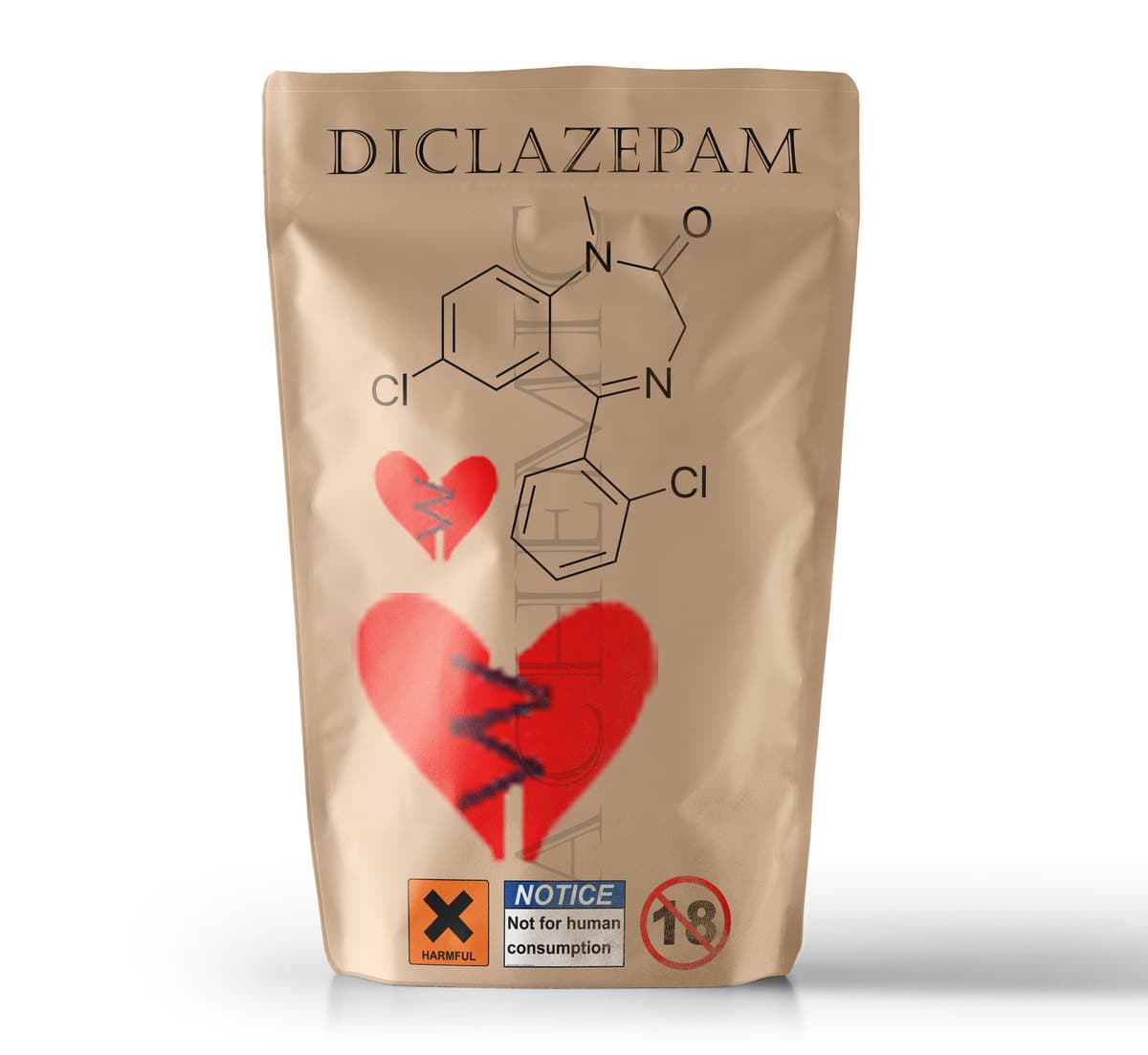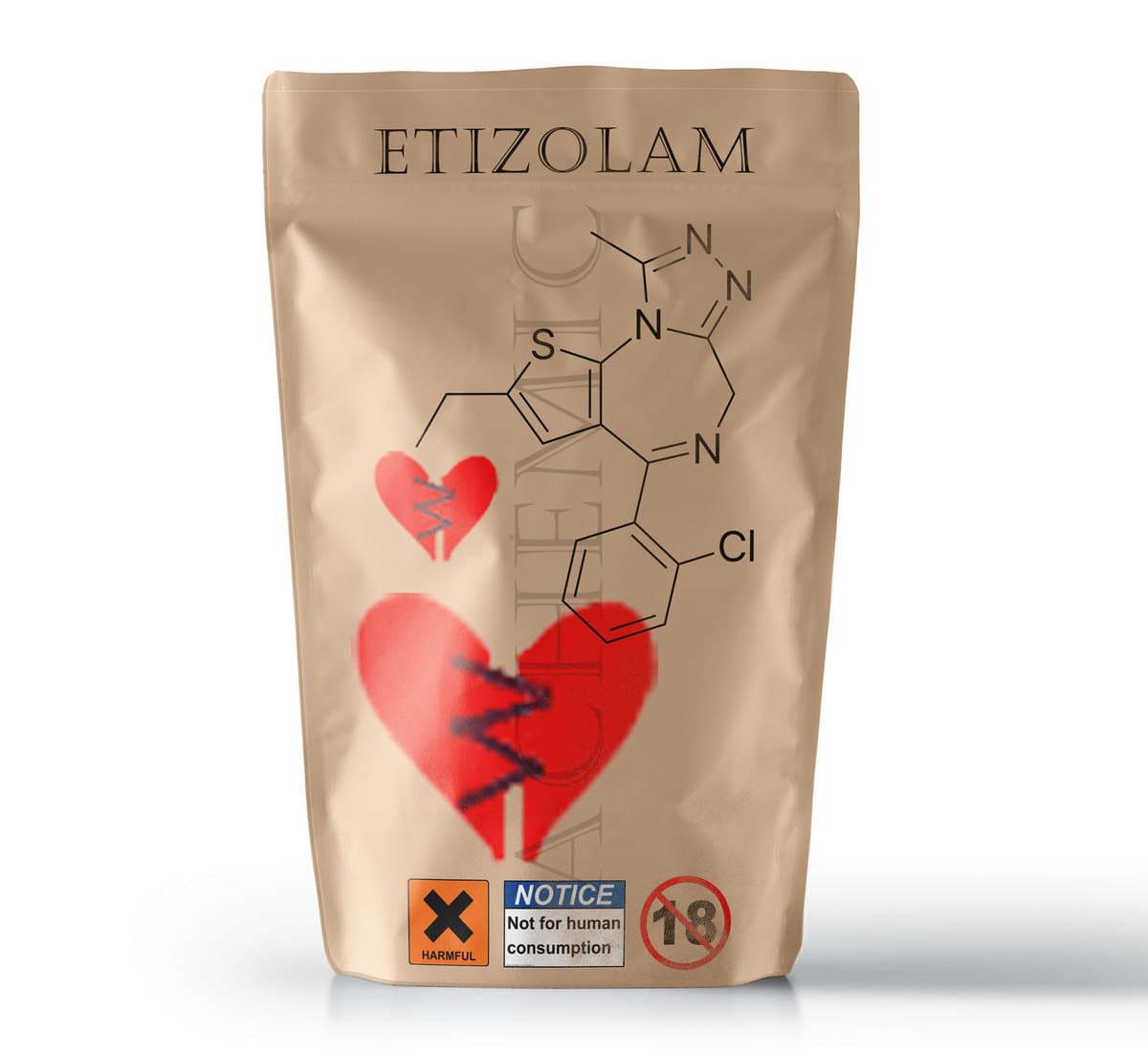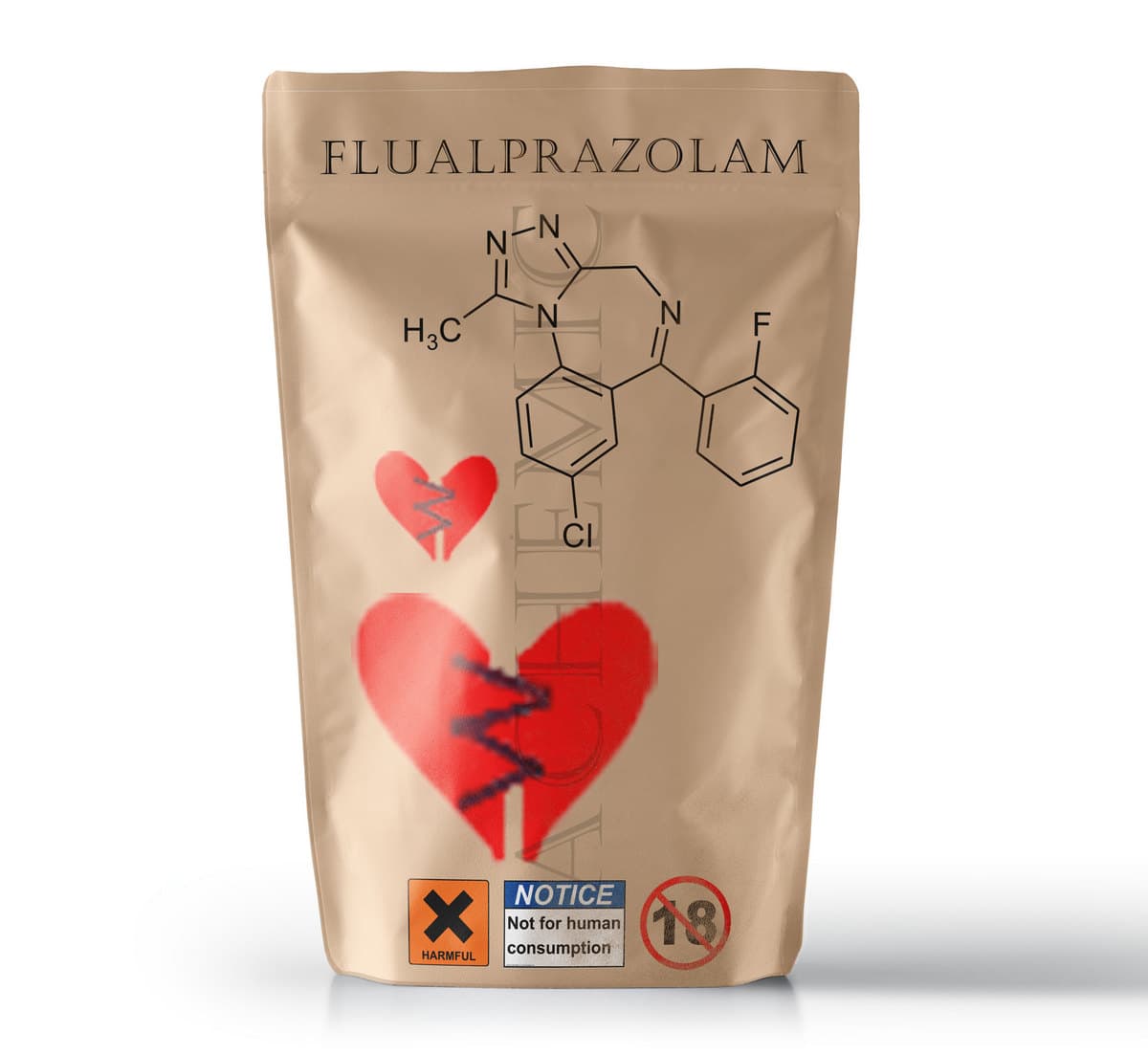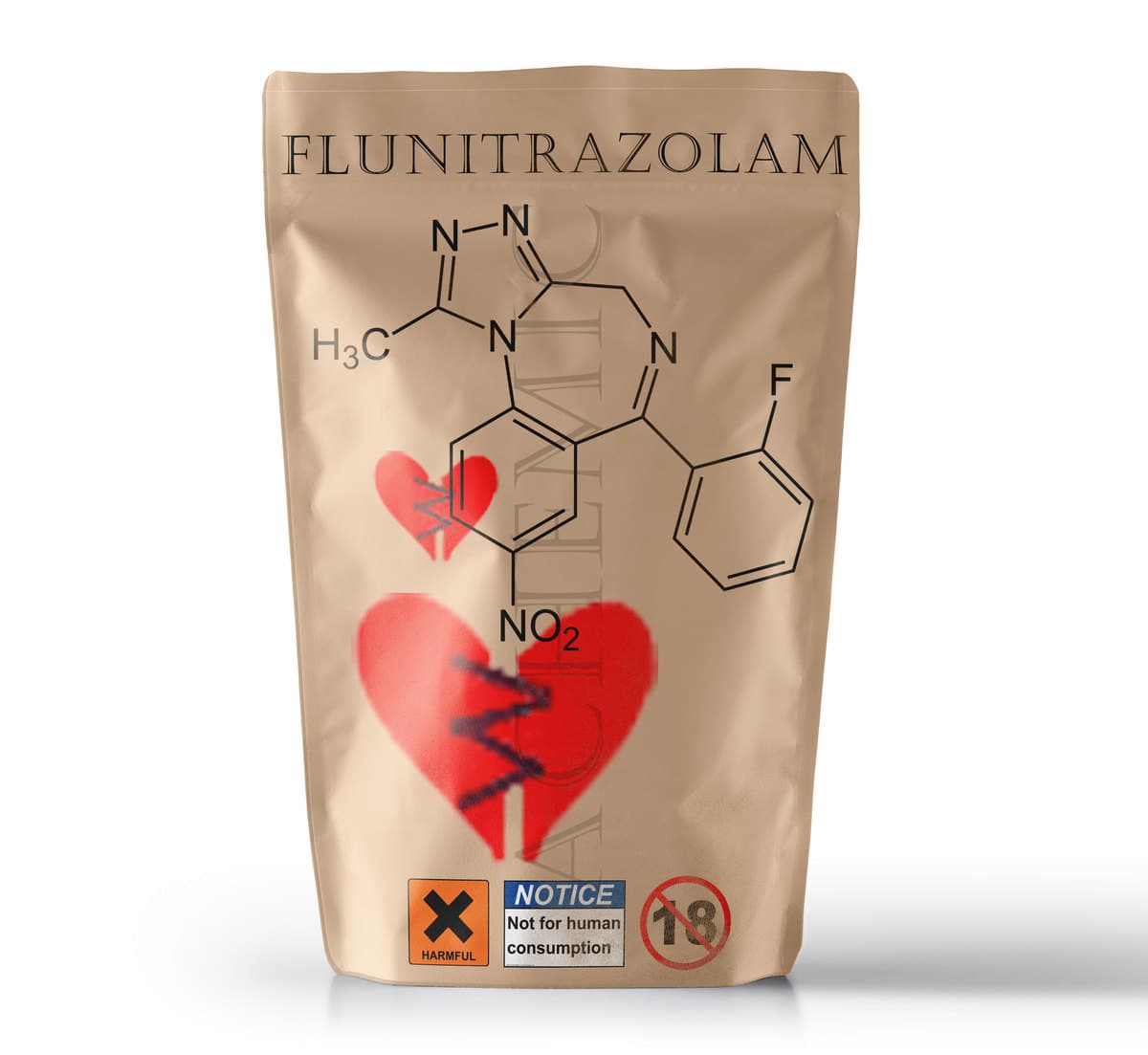Bromazolam powder
$25.00 – $390.00Formal Name: 8-bromo-1-methyl-6-phenyl-4H-[1,2,4]triazolo[4,3-a][1,4]benzodiazepine CAS Number: 71368-80-4 Molecular Formula: C17H13BrN4 Purity: ≥98%
Clonazolam powder
$25.00 – $1,340.00Formal Name: 6-(2-chlorophenyl)-1-methyl-8-nitro-4H-[1,2,4]triazolo[4,3-a][1,4]benzodiazepine CAS Number: 33887-02-4 Synonyms: Clonitrazolam Molecular Formula: C17H12ClN5O2 Purity: ≥98%
Diclazepam powder
$25.00 – $390.00Formal Name: 7-chloro-5-(2-chlorophenyl)-1,3-dihydro-1-methyl-2H-1,4-benzodiazepin-2-one CAS Number: 2894-68-0 Synonyms: 2′-Chlorodiazepam, Ro 5-3448 Molecular Formula: C16H12Cl2N2O Purity: ≥98%
Etizolam powder
$20.00 – $1,320.00Formal Name: 4-(2-chlorophenyl)-2-ethyl-9-methyl-6H-thieno[3,2-f][1,2,4]triazolo[4,3-a][1,4]diazepine CAS Number: 40054-69-1 Synonyms: AHR 3219, Y-7131 Molecular Formula: C17H15ClN4S
Flualprazolam powder
$25.00 – $390.00Formal Name: 8-chloro-6-(2-fluorophenyl)-1-methyl-4H-[1,2,4]triazolo[4,3-a][1,4]benzodiazepine CAS Number: 28910-91-0 Molecular Formula: C17H12ClFN4
Flunitrazolam blotters
$20.00 – $350.00Formal Name: 6-(2-fluorophenyl)-1-methyl-8-nitro-4H-[1,2,4]triazolo[4,3-a][1,4]benzodiazepine CAS Number: 2243815-18-9 Molecular Formula: C17H12FN5O2
Diazepines
Diazepines are a class of research chemical that feature a fusion of a benzene ring with a diazepine ring. The first Diazepine was found out accidentally in the year 1955 by a man named Leo Sternbach. Diazepines are known to be potent agonists of the GABA receptor. Their effects on the GABA receptors are believed to be accountable for creating their favorable experimental findings.
There are many different types of legal Diazepines that are used by research chemists around the world in laboratories. Examples of these legal research chemicals include Bromazolam, Clonazolam, and Diclazepam. There are several more, however. Legal Diazepines make excellent additions to any research laboratory.

